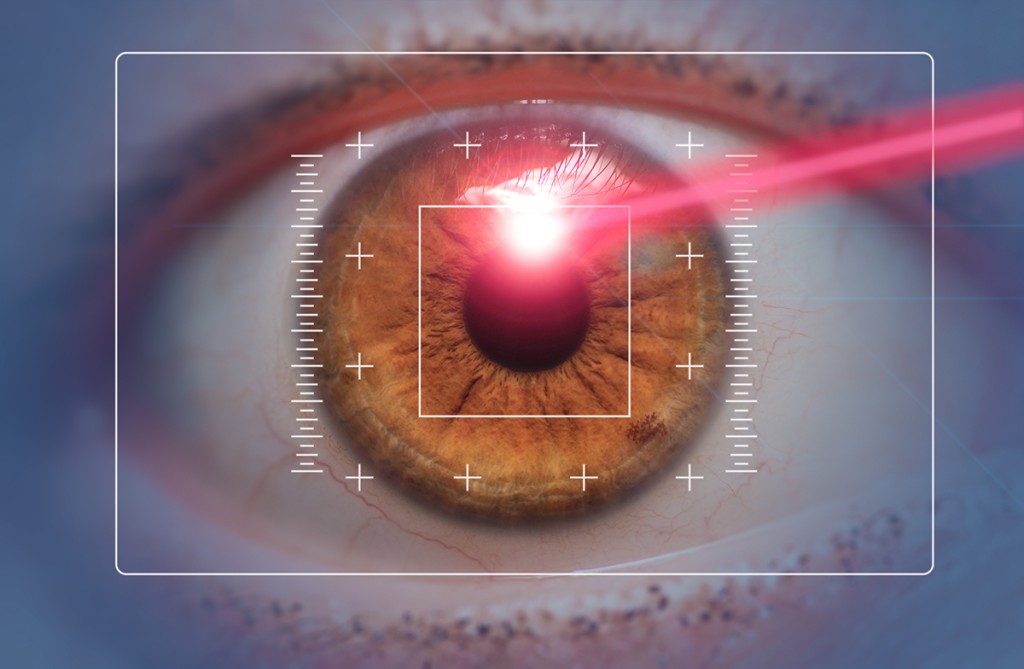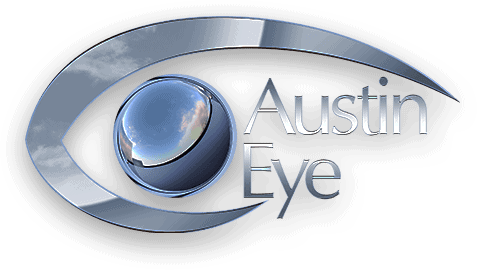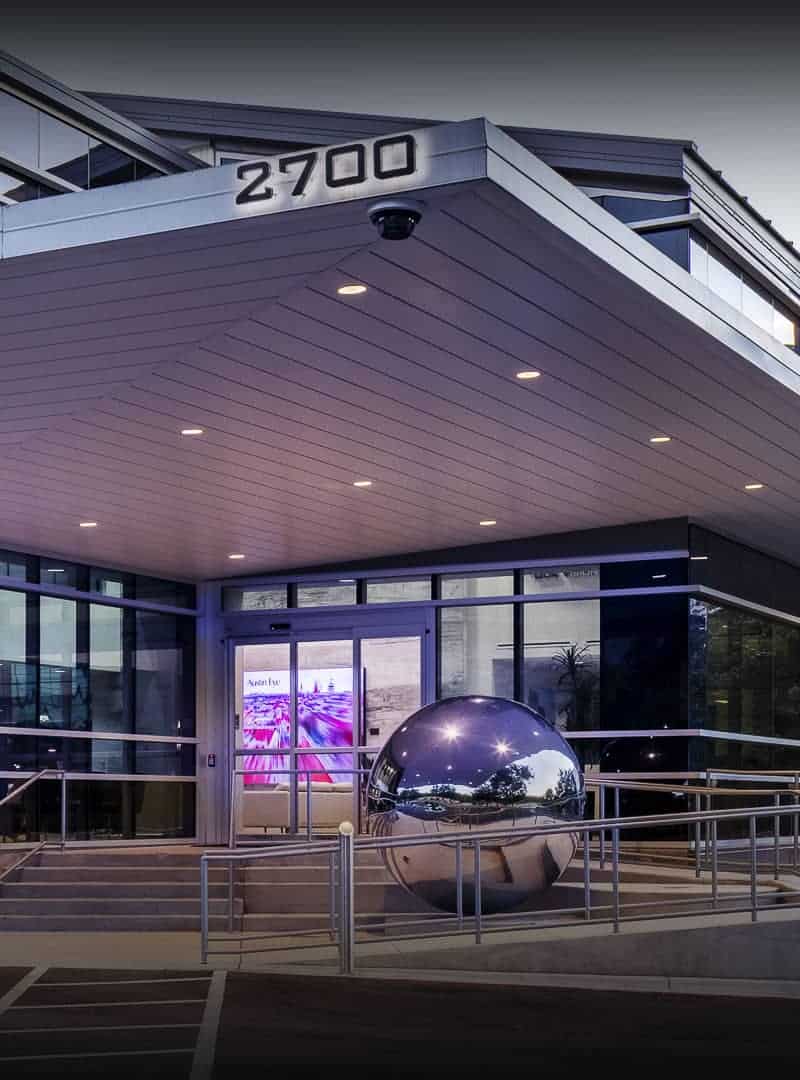
LASIK is a highly successful vision correction procedure that has given millions of people freedom from corrective eyewear. Our eye surgeons at Austin Eye Care have extensive experience offering all-laser, blade-free LASIK or iLASIK to reduce certain complications and provide additional vision correction.
What is Conventional LASIK?
Conventional LASIK typically takes a vision prescription from standard measurement devices in an ophthalmologist’s office and uses this data to guide the laser during the procedure. The eye surgeon uses a microkeratome (blade) to create the LASIK flap in the traditional procedure, and then an excimer laser corrects the cornea’s curvature. The flap is folded back in place.
LASIK corrects for lower-order aberrations, including myopia (nearsightedness), hyperopia (farsightedness) and astigmatism. These refractive errors cover around 90 percent of vision issues.
What is All-Laser LASIK?
All-laser, blade-free LASIK uses an IntraLASE laser to create the corneal flap and then employs the excimer laser. Using laser technology to make the LASIK flap reduces certain risks, such as infections, vision disturbances and flap complications. Our eye surgeons can achieve more precise and predictable flap thickness and shape with the laser than the manual microkeratome method.
iLASIK uses advanced diagnostic tests (aberrometer or wavefront measurement device) to obtain a complete analysis of each eye’s imperfections. These special computer systems identify hundreds of these imperfections, including higher-order aberrations, such as spherical aberration, trefoil and coma that can cause visual disturbances including glare, starbursts, halos, contrast issues, blurring, double vision and trouble seeing at night.
The wavefront map created from these tests is used to guide the excimer laser during the iLASIK procedure and enables the surgeon to tailor the LASIK procedure to your needs.
The Pros of iLASIK or All-Laser LASIK
iLASIK can deliver customized vision correction. The technology pinpoints your exact vision needs through extensive testing and a comprehensive map of the eye’s cornea. iLASIK patients typically experience clearer vision with fewer issues, such as halos, glare and starbursts.
This LASIK method may be more suitable for people with thin corneas who don’t qualify for the standard procedure because the IntraLASE laser creates a thinner flap. The all-laser LASIK surgery provides precise and predictable flaps and ensures the flap is the desired thickness for every procedure. Manual microkeratomes are only as good as the surgeon who holds the blade and have an increased risk of complications, including incomplete flaps and buttonhole (improperly formed) flaps. Flaps created with a microkeratome often lead to more vision distortions, and a laser-created flap reduces these risks and improves patient safety.
Many patients are more comfortable with iLASIK because of the enhanced safety and precision of the all-laser technique.
The Cons of iLASIK or All-Laser LASIK
While iLASIK offers enhanced vision correction and lessens certain risks, it is more costly than the traditional LASIK procedure because of the added technology, testing and corneal correction. iLASIK at Austin Eye starts at around $2,500 per eye, and our staff can help you with financing options, such as CareCredit.
If you’re interested in all-laser LASIK, contact our skilled eye surgeons in Austin today to schedule your eye exam and iLASIK consultation. Call (512) 250-2020 or fill out our online contact form to start your journey to better vision.







